10 Tired K-Drama Tropes That Are Becoming Too Annoying

Sometimes the twists in South Korean dramas are just too predictable.
K-dramas are some of the most watched shows in the world today, and have been for at least the last 15 years. There are many genres of South Korean series, including period dramas, thrillers, horror series, rom-coms, and many more.
However, even the most popular shows stick to some clichés that no series can benefit from. Of course, the creators mix the most common tropes with the unexpected twists and turns to balance out the story, but sometimes the mere appearance of one of them is enough to annoy you.
So what are the most common tropes in K-dramas? Well, let's see.
1. From Friends to Enemies
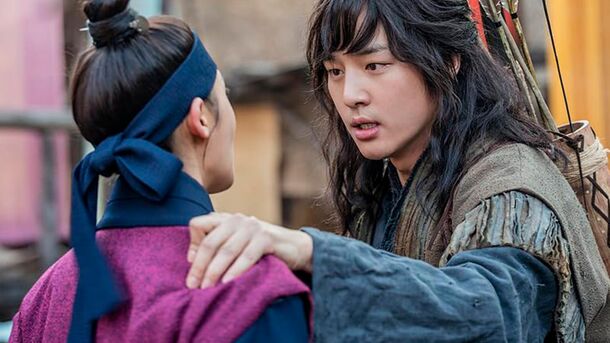
One of the most popular is of course the "from friends to enemies" trope. It's interesting because most western shows and movies use the opposite more often, where the enemies somehow make up at the end of the story.
However, this does not always mean that they are actually enemies. Sometimes it's just a formality. The perfect example of the use of this cliché is in My Country: The New Age, where two childhood friends end up on opposite sides of a huge conflict and betray each other, but still save each other's lives.
2. The Prince or Princess Sneaking out of the Palace
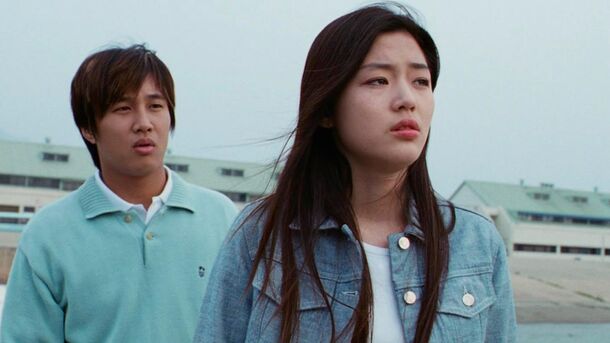
Another famous trope concerns royal life, especially princes and princesses. If there's a period drama that has them as characters, you can be sure that at some point there will be a plot involving them sneaking out of the royal palace. It's a question of how they manage to get past all the guards and servants.
In My Sassy Girl, Princess Hye-myung regularly sneaks out to mingle with the lower class and get drunk in local bars.
3. K-Pop Idol Cameo
This is a common thing that happens in almost every American sitcom, but of course with famous singers, actors, and even A-list athletes. K-dramas do the same thing, but with the brightest representatives of the K-pop industry. Mostly it's done for ratings, as a cameo from a legendary singer can improve the ratings tremendously.
4. The Noona Love
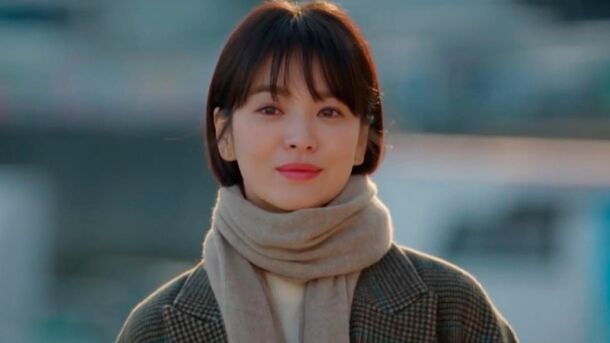
This one is actually an interesting trope that sometimes even gets applause when introduced to a story where there’s an actual need in such a story. Noona is a term used for an older woman that falls in love with a younger man. But this is not something unhealthy or cringey and toxic: the couple has genuine interest in each other, and the two make each other a better version of themselves.
K-dramas love this trope and one of the greatest examples of when it was used is the drama Encounter, which brings together a rich woman Cha Soo-hyun after she was down from the divorce and much younger, free-spirited man Kim Jin-hyuk.
5. Product Placement
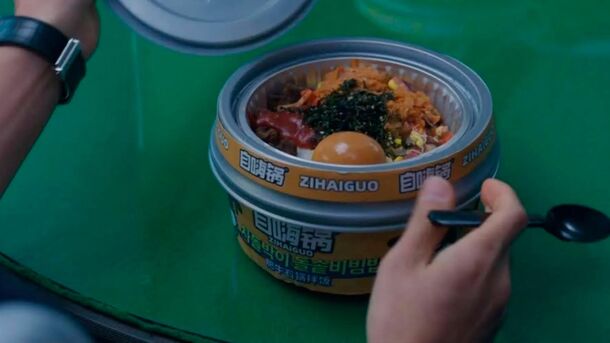
Product placement is something modern K-dramas use almost all the time. And there can be everything shown in a series, including cosmetics or popular food brands. And when the showrunners use the “right” brands everything seems alright, as it's not a new story for the TV industry.
However, something can go wrong when they use something connected to a questionable source. For example, there was a scene in Vincenzo when he had a bowl of bibimbap. traditional Korean dish, but from a Chinese brand. Oopsie…
6. Surviving Fatal Wounds
This trope is also common for many western blockbusters, and it seems that K-dramas are feeling the need to use it too. The thing is, sometimes the action heroes just go too far in their attempts to save the world (or their loved person or even themselves) that they become immune to any kinds of injuries. Well, that’s the only way to explain how the characters can survive from that many injuries that were supposed to kill them.
7. The Love Triangle
.jpg)
One of the tropes that is used in K-dramas in almost every series is a good old love triangle. What’s funny is that it’s absolutely not necessary for the series to be a rom-com. There are several scenarios for the love triangle to revolve in the show. One of the most commonly used clichés is the introduction of a shy protagonist girl, possessive girlfriend and a male lead who is confused about what he really wants in his life.
8. Staring and Stalking
This one is a controversial trope that many fans find creepy, but some others think it’s cute and sweet. Especially when it comes to a love story between a once cold male lead who suddenly realizes he can’t live with this particular girl and starts following her everywhere she goes. The staring while sleeping scenes are also there, but we genuinely think they should be banned from happening on TV so that real life couples don’t take it as a green light…
9. Bullying at School or at Work
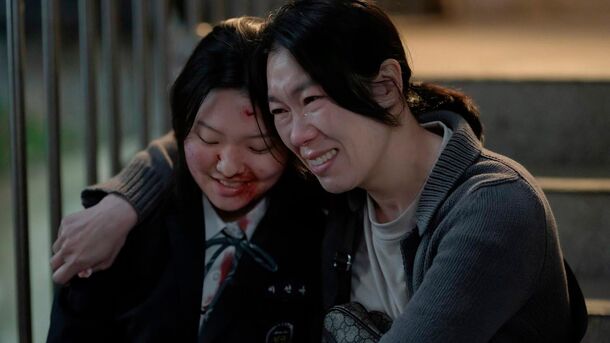
There are mostly only two types of female leads in K-dramas: it’s either a lady boss who is ready to destroy everyone on her way, or it’s a shy and naive girl. Either one of them actually could have been bullied at school. But the first girl grew up to be tough and maybe even revengeful, and the second one continues to be bullied further at work. Remember The Glory? The whole idea of the show is revenge after school bullying. Well, as we consider this show a true masterpiece, maybe the trope is not always annoying…
10. Shocking Reveals in the Last Few Episodes
But we can definitely say so about this trope. The last moment revelations are so annoying we don’t know where to hide from them most of the time. Yes, sometimes the whole premise of the show is to keep suspense until the end, but the trope is still very overused in modern day K-dramas. We don’t need that many shocking twists towards the end of the story.